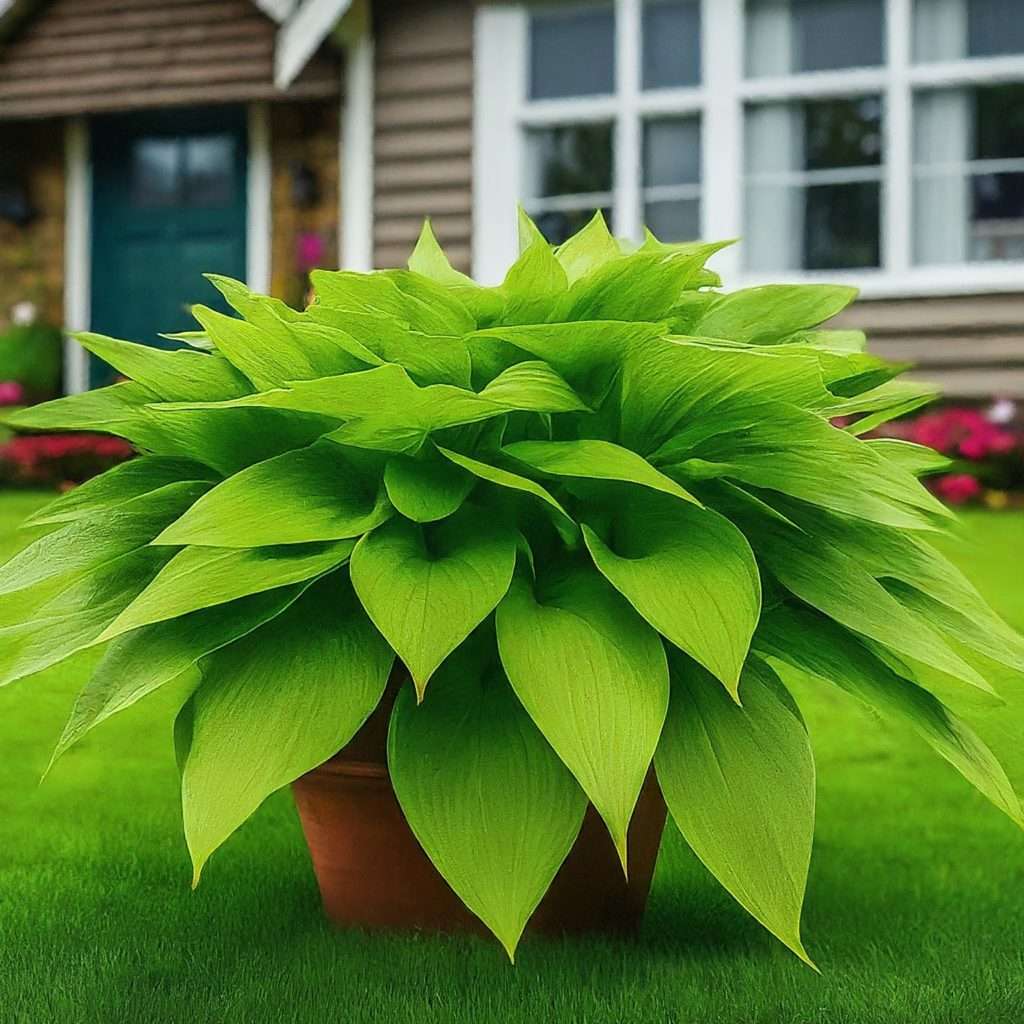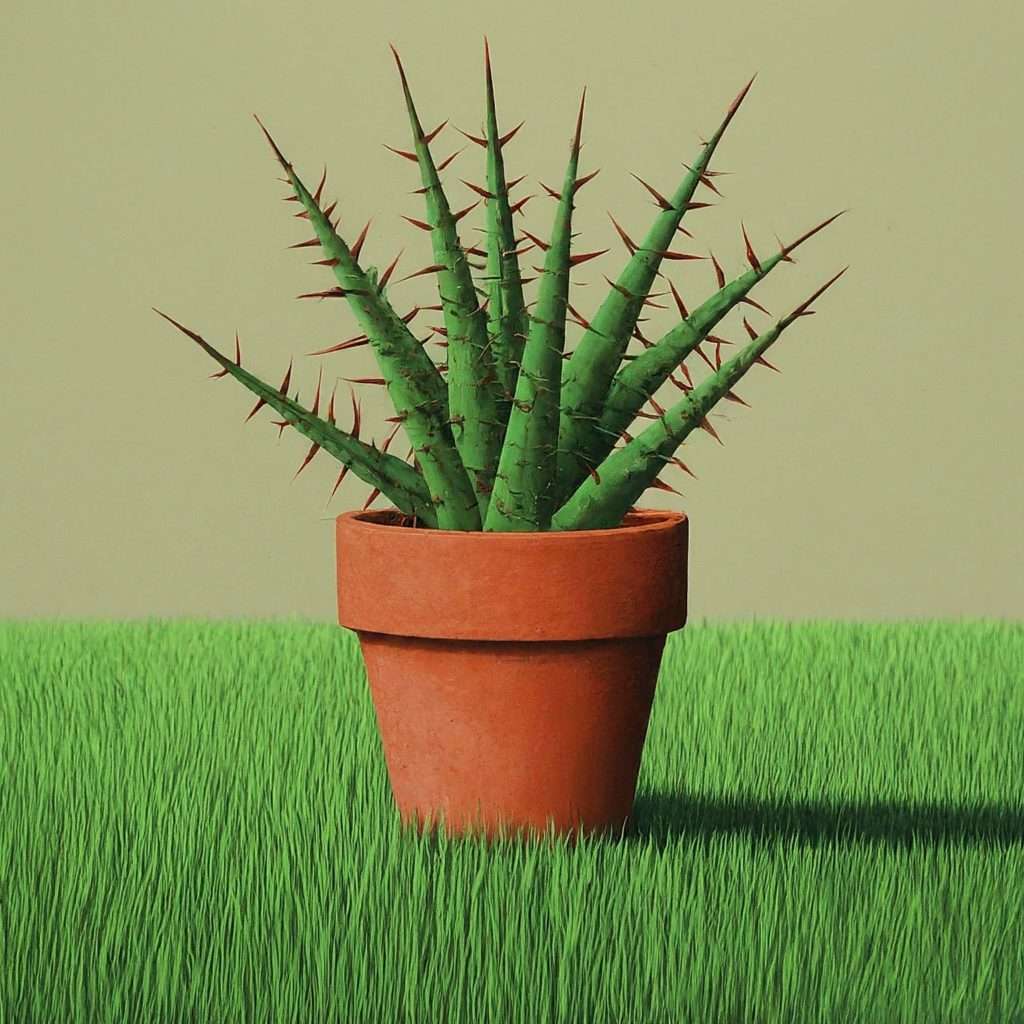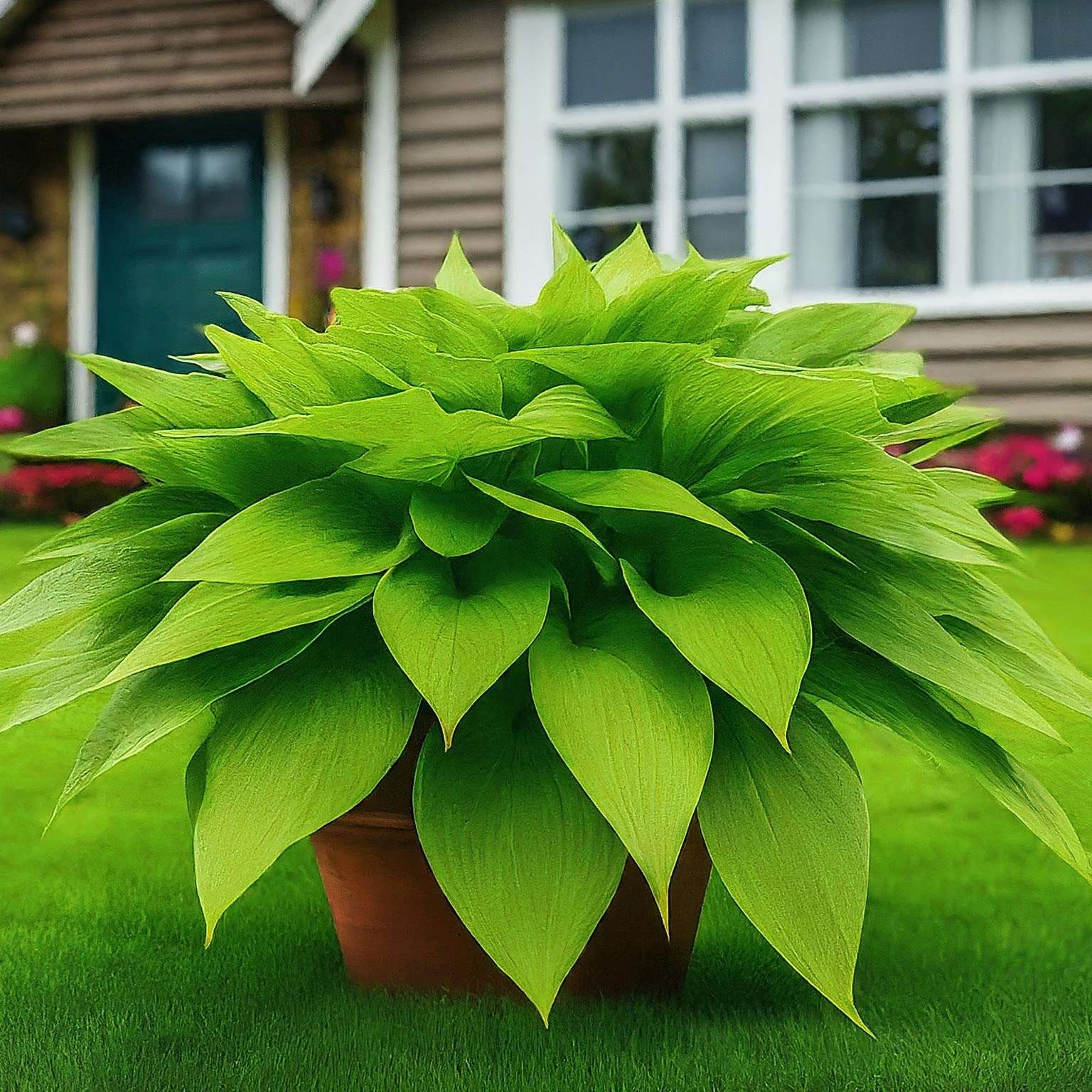Introduction
Ditch the chemical air fresheners and forget the overpriced medicinal creams! Mother Nature has provided a solution in the form of incredible houseplants. These leafy wonders not only bring a touch of life and beauty to your indoor space, but they also pack a powerful punch when it comes to improving your health and well-being. Imagine filling your home with plants that act as natural air purifiers, soothe common ailments, and even boast healing properties. Sound too good to be true. Keep reading!

Houseplants offer a wealth of benefits that go far beyond aesthetics. They act as living filters, absorbing toxins and pollutants commonly found in indoor environments. These pollutants can come from a variety of sources, including building materials, furniture, and even cleaning products. Studies have shown that houseplants can effectively remove pollutants like benzene, formaldehyde, and trichloroethylene, which can have negative impacts on our health, causing headaches, respiratory problems, and even irritation of the eyes and skin.
But wait, there’s more! Many plants are known to release phytoncides, organic compounds that have antibacterial and antifungal properties. These natural defenses help plants fight off disease, and research suggests that they can also benefit human health. Phytoncides have been shown to boost the immune system, reduce stress, and even improve mood. So, by bringing these tiny warriors into your home, you’re not just beautifying your space, you’re creating a healthier environment!
The Power of Plants: Improving Air Quality and Boosting Wellbeing
The ability of houseplants to improve air quality is a well-documented phenomenon. Through the process of photosynthesis, plants absorb carbon dioxide, the gas we exhale, and release life-giving oxygen. But their air-purifying capabilities go beyond just oxygen production.
Plants have a natural ability to absorb and break down volatile organic compounds (VOCs) commonly found in our homes. These VOCs can come from a variety of sources, including paints, carpets, cleaning products, and even air fresheners (ironically!). Exposure to VOCs can lead to a range of health problems, so having plants that work to remove them is a significant benefit.
Here’s a closer look at how plants accomplish this feat:
- Absorption: Tiny openings on plant leaves, called stomata, allow them to take in air, including VOCs.
- Breakdown: Once absorbed, these pollutants are metabolized by the plant and converted into harmless substances.
- Transpiration: Through transpiration, the process by which plants release water vapor, the broken-down VOCs are released back into the air as harmless byproducts.
A clean bill of air isn’t the only benefit. The presence of phytoncides, those natural antibiotics emitted by some plants, adds another layer of health-boosting power. Studies have shown that exposure to phytoncides can:
- Reduce stress and improve mood: Phytoncides have been shown to lower cortisol levels, the stress hormone, and may even trigger the release of mood-boosting endorphins.
- Enhance the immune system: Research suggests that phytoncides can stimulate the production of white blood cells, which are our body’s natural defense against illness.
So, by incorporating houseplants into your home environment, you’re not just creating a visual oasis, you’re actively contributing to a healthier and more invigorating atmosphere. In the next section, we’ll explore some specific plant varieties that are particularly effective air purifiers and stress relievers, making them must-haves for any home.
Must-Have Plants for Every Need: From Air Purifiers to Stress Busters
Now that you’ve discovered the incredible power of houseplants to transform your indoor environment, it’s time to explore some specific green warriors that can address your unique needs. Whether you’re looking for natural air fresheners, stress-relieving companions, or even a touch of botanical first aid, there’s a perfect plant out there waiting to join your household.

Air Purifying Powerhouses:
- Snake Plant (Sansevieria): This low-maintenance champion thrives in a variety of lighting conditions, making it ideal for forgetful plant parents. It’s a champion at removing common toxins like benzene and formaldehyde, making it a great choice for bedrooms or offices. Plus, it releases oxygen at night, promoting better sleep.
- Spider Plant (Chlorophytum comosum): This cheerful plant with cascading spiderettes is not only easy to grow but also incredibly effective at filtering out pollutants. A study by NASA even named it one of the top houseplants for air purification.
- Peace Lily (Spathiphyllum): This elegant beauty boasts beautiful white flowers and thrives in moderate light. Don’t be fooled by its delicate appearance – the Peace Lily is a powerhouse when it comes to removing benzene and formaldehyde, making it a great choice for living rooms or kitchens.
Stress-Busting Sanctuary:
- Lavender (Lavandula): The calming aroma of lavender is legendary, and for good reason! Studies have shown that lavender can significantly reduce stress and anxiety. This sun-loving plant not only purifies the air but also adds a touch of serenity to your space. Plus, the fragrant leaves can be dried and used to make relaxing teas.
- Aloe Vera: This versatile plant is not just a natural sunburn soother. Aloe Vera also helps purify the air by removing common toxins like formaldehyde and benzene. It’s a low-maintenance plant that thrives in bright, indirect light, making it a perfect addition to a sunny windowsill.
- English Ivy (Hedera helix): This lush vining plant adds a touch of cascading greenery to your home while also improving air quality. Research suggests that English Ivy can help reduce airborne mold and improve focus and concentration, making it a great choice for home offices or study areas.
These are just a few examples of the many amazing houseplants that can bring a breath of fresh air and a dose of tranquility to your home. In the next section, we’ll delve into some helpful tips for planting and caring for your new leafy companions, ensuring they thrive and continue to offer their health benefits for years to come.
Planting and Care Tips: Keeping Your Plant Allies Thriving
Now that you’ve chosen the perfect houseplant companions to enhance your home environment, it’s time to ensure they flourish and continue offering their air-purifying and stress-reducing magic. While specific needs may vary depending on the plant species, here are some general houseplant care tips to keep in mind:
- Light: Understanding your plant’s light requirements is crucial. Some plants, like snake plants, tolerate low light conditions well, while others, like lavender, need plenty of sunshine. Mismatched light levels can lead to stunted growth or leggy, weak stems. Research your chosen plant’s needs and position it accordingly.
- Watering: Overwatering is a common houseplant killer. Always check the soil moisture before watering. Stick your finger about an inch deep into the soil. If it feels dry, it’s watering time. Most houseplants prefer their soil to be slightly moist, but not soggy. Allow the water to drain freely from the pot to prevent root rot.
- Soil: Well-draining potting mix is essential. Generic potting soil from the store often holds too much moisture. Consider adding perlite or orchid bark to your mix for better drainage.
- Fertilizer: During the growing season (usually spring and summer), most houseplants benefit from a light feeding once a month with a balanced fertilizer diluted according to package instructions. However, during the winter months, when growth slows, fertilizing can be reduced or stopped altogether.
- Humidity: Some plants, particularly tropical varieties, prefer higher humidity levels. If your home has dry air, consider grouping your plants together to create a mini humid microclimate. You can also use a pebble tray filled with water or a humidifier to increase the surrounding moisture.
Remember, a little research goes a long way. By understanding the specific needs of each plant you choose, you can create a thriving indoor jungle that not only beautifies your space but also contributes to a healthier and more invigorating atmosphere.
In the final section, we’ll offer some bonus tips for creating a stunning indoor oasis and suggest creative ways to display your new plant allies.
Conclusion
The world of houseplants offers a wealth of possibilities to enhance your home environment. From purifying the air you breathe to reducing stress and anxiety, these leafy allies can significantly contribute to your overall well-being. Whether you’re a seasoned plant parent or a curious beginner, there’s a perfect plant out there waiting to join your household.
So, why wait? Embrace the power of plants! Transform your home into a vibrant indoor oasis, filled with natural air purifiers, stress-busters, and perhaps even a touch of botanical first aid. With a little research, proper care, and a dash of creativity, you can cultivate a thriving collection of plant companions that will not only beautify your space but also contribute to a healthier and happier you.
Further Reading
- A Hobby for All Seasons: 7 Science-Backed Benefits of Indoor Plants
- 18 Benefits of Plants Backed By Leading Research Studies
- Health Benefits of Houseplants
